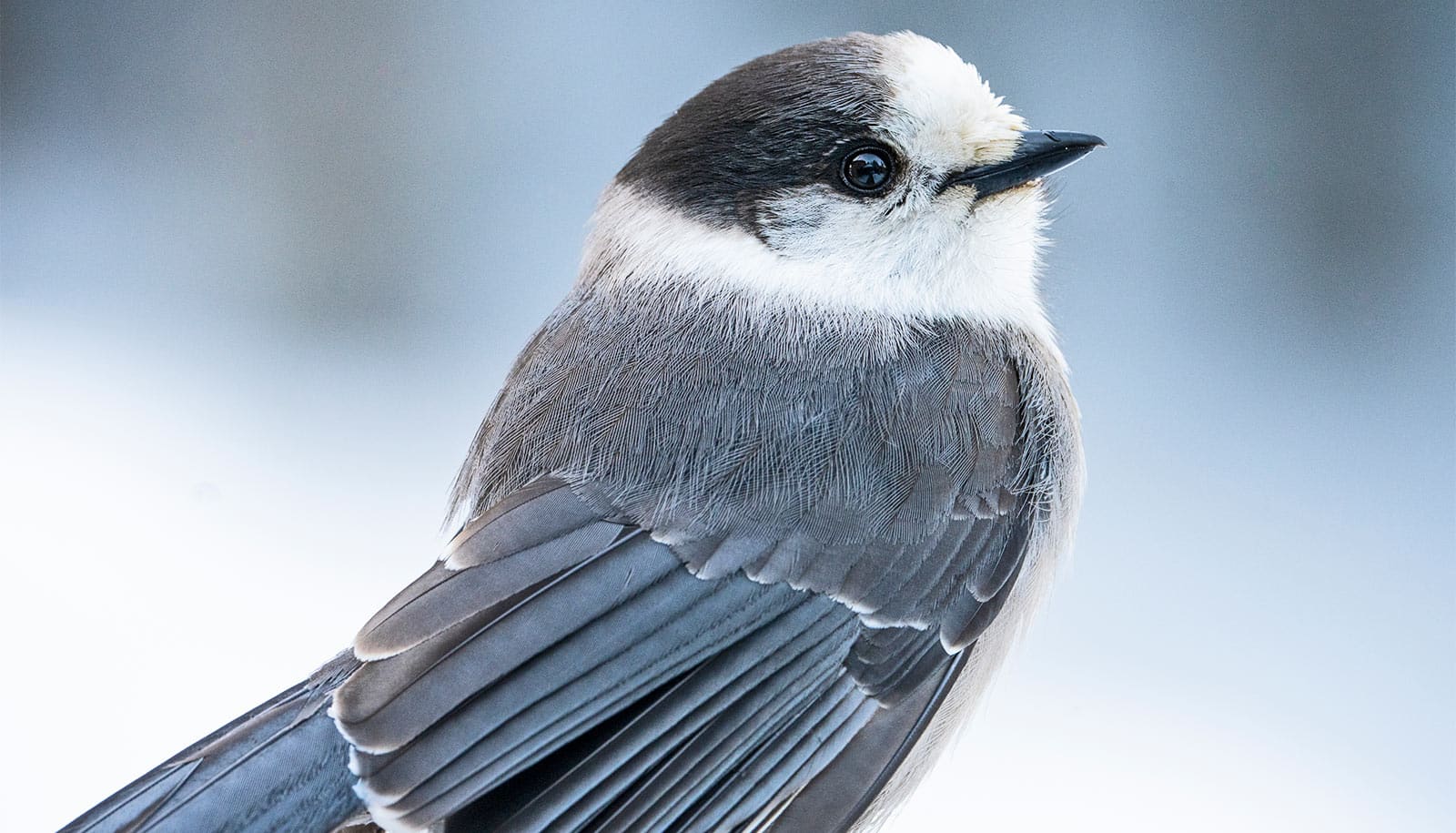“Dumb luck,” rather than individual superiority, may be the key to reproductive success, according to new research.
A tree will drop hundreds of seedlings over the course of its lifetime, but only a small fraction will ever get to grow into the forest canopy like their progenitor. And studies have shown that dominant female birds can produce up to 95 percent of the offspring within a group.
Why are those things true? Can one seedling, or one female bird, be so superior to the rest that it will inevitably become the “lucky” one to grow to the sky, or help perpetuate the species? The short answer: No.
“It’s mostly a matter of not dying,” says Stephen Ellner, professor of ecology and evolutionary biology in the College of Agriculture and Life Sciences at Cornell University. Ellner and Robin Snyder, associate professor of biology at Case Western Reserve University, are coauthors of the paper in American Naturalist.
The 1% of reproduction
“Not dying” sounds pretty simplistic, but it gets to the heart of the pair’s research. In short, lifetime reproductive success (LRS) is in great measure a product of luck and not superior traits.
“The motivation for all of it is the fact that reproductive skew is very common,” Ellner says. Reproductive skew is the unequal sharing of reproduction within a group.
“We talk about the 1 percent of people with most of the money,” he says, “but it’s the same thing with the birds and the bees and the trees and the grasses and all of that. Often, a small fraction of individuals have most of the offspring.”
Work the researchers’ completed in 2016 tried to explain what made the difference in the “happy few” from the plant and animal world who grew tallest or had the most reproductive success. One of their key findings: “We find that good fortune (e.g., rapid growth) when small and young matters much more than good fortune when older and larger. Becoming lucky is primarily a matter of surviving while others die.”
Ellner and Snyder expand on that notion—of having the good fortune to not die—in this latest work. They used theoretical modeling, along with two published case studies—one involving a bird (Rissa tridactyla, the black-legged kittiwake), the other a shrub (Artemisia tripartita) and a perennial grass (Pseudoroegneria spicata)—to make the case that while trait variation can influence the fate of a population, the fates of individuals are often determined by “dumb luck.”
‘Sheer luck’
Ecologists have shown that populations contain a variety of subtypes within a species, with some individuals having superior traits that increase their likelihood of growing tallest or reproducing the most. But using mathematical modeling, along with the two empirical studies, Ellner and Snyder propose that although individuals can differ in ways that affect their expected reproductive success or growth potential, actual outcomes are wide-ranging enough that luck has to be the main driver.
Molecular ‘time machine’ shows chance’s role in evolution
“How much of the variability in outcomes is because of differences in quality between individuals, and how much is sheer luck? It turns out that a lot of it is sheer luck,” Ellner says, noting that ecologists are likely to take issue with their contentions.
“It’s a bit contrarian at this point to a lot of the things that ecologists have been focusing on for the last couple of decades,” Ellner says. “It lines up very much with what economists like Robert Frank have been saying about people: Our intrinsic differences in talent are much smaller than the variability in outcomes.”
And while Ellner’s work has not touched on variability in human success, “for birds and shrubs, and in the theoretical models we’ve looked at, the answer is, it’s best to be above average and be lucky.”
Funding for the pair’s research came from National Science Foundation grants.
Source: Cornell University



